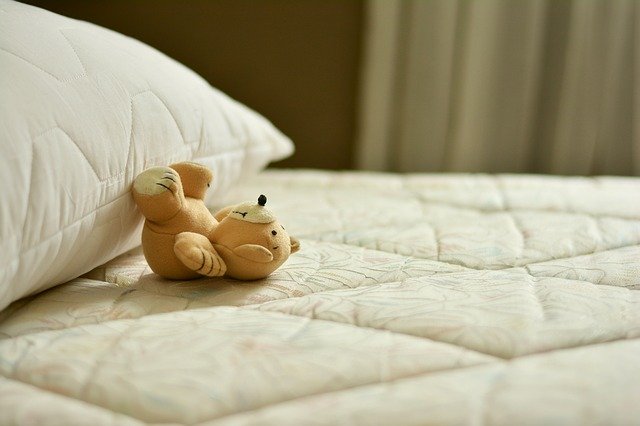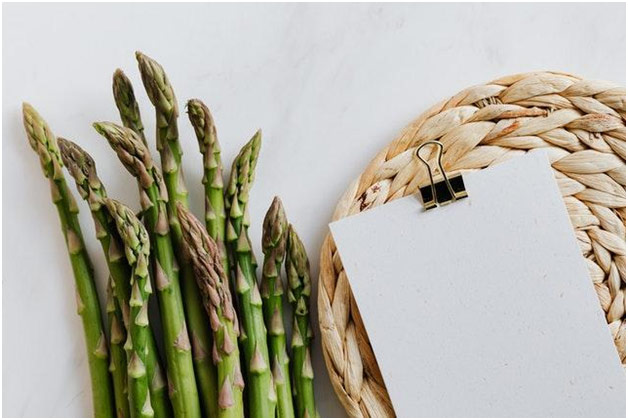
RICK BLANCHARD | FEBRUARY 21, 2018
Our purchasing decisions determine the environmental footprint we leave behind. Mattresses pose a problem because of the difficulty of their disposal. They don’t crush easily, clog machinery, and take up more space in a landfill than other household items. Making smart purchasing decisions, knowing your disposal options, and looking for donation opportunities can keep your mattress from entering the local landfill.
Choose Your Mattress Carefully
The easiest way to prevent overfilling a landfill is by choosing your next mattress carefully. Even mattresses advertised as “green” may not break down easily in a landfill. Look for a mattress with good reviews and made with as many natural materials as possible. Natural materials decompose and break down quicker and easier than synthetics.
You’ll need to read through the list of materials because green labels may not mean natural materials. Also consider natural organic materials if you’re concerned about exposure to harmful chemicals. While foam, innerspring, and hybrid mattresses may have natural, organic components, because of the manufacturing processes they go through, it’s difficult to find one with a high percentage of natural materials.
Natural latex mattresses, on the other hand, provide an opportunity for natural materials with less exposure to harmful chemicals. The rubber used to make natural latex is harvested from rubber trees. Once harvested, the rubber can be put through several different methods to make the latex, either Dunlop or Talalay. Dunlop puts the latex through fewer processes making it more biodegradable than Talalay, but both result in a biodegradable mattress.
Keep in mind that synthetic latex is made from petrochemicals. Most latex mattresses use a combination of natural and synthetic latex, but the higher the percentage of natural latex the more biodegradable the mattress.
Consider Recycling
There’s still the problem of disposing of an old mattress. Luckily, there are more options today than ever before. Recycling your old mattress requires finding a company that dismantles the mattress, but it can be done.
Many components of a mattress are recyclable, including:
- Steel: The steel used to make innerspring can be melted down and reused. You can also remove the steel yourself and sell it for scrap metal.
- Foam: Shredded foam from old mattresses is often used to make carpet pads or gym equipment.
- Wood: Wood from frames can be chipped and reused to make many items. It also helps prevent new trees from being cut down.
Bye Bye Mattress and Earth 911 are both sites that allow you to search for local recycling centers based on the type of goods you want to dispose of. A small fee of $20 to $40 may be charged to recycle the mattress. Some recycling services will pick up the mattress from your home. If not, you’ll have to transport the mattress to the recycling center yourself, but that usually means a lower recycling fee.
Donate
Charitable organizations like the Salvation Army and Habitat for Humanity International along with many others, including independently owned thrift stores, accept mattress donations. The mattresses must be stain, tear, and bug-free to be accepted. Look for drop-off locations or call for a pickup service. You might also want to consider donating to a local homeless or women’s shelter.
You can keep your mattress out of the landfill by disposing responsibly and buying contentiously. A mattress purchase made with an eye to the future can help protect the environment for future generations.




